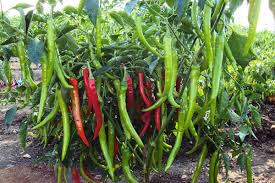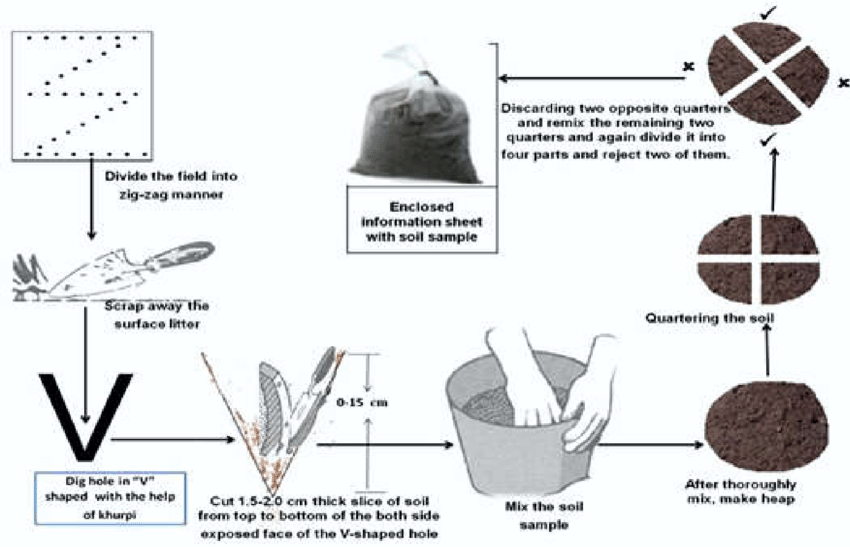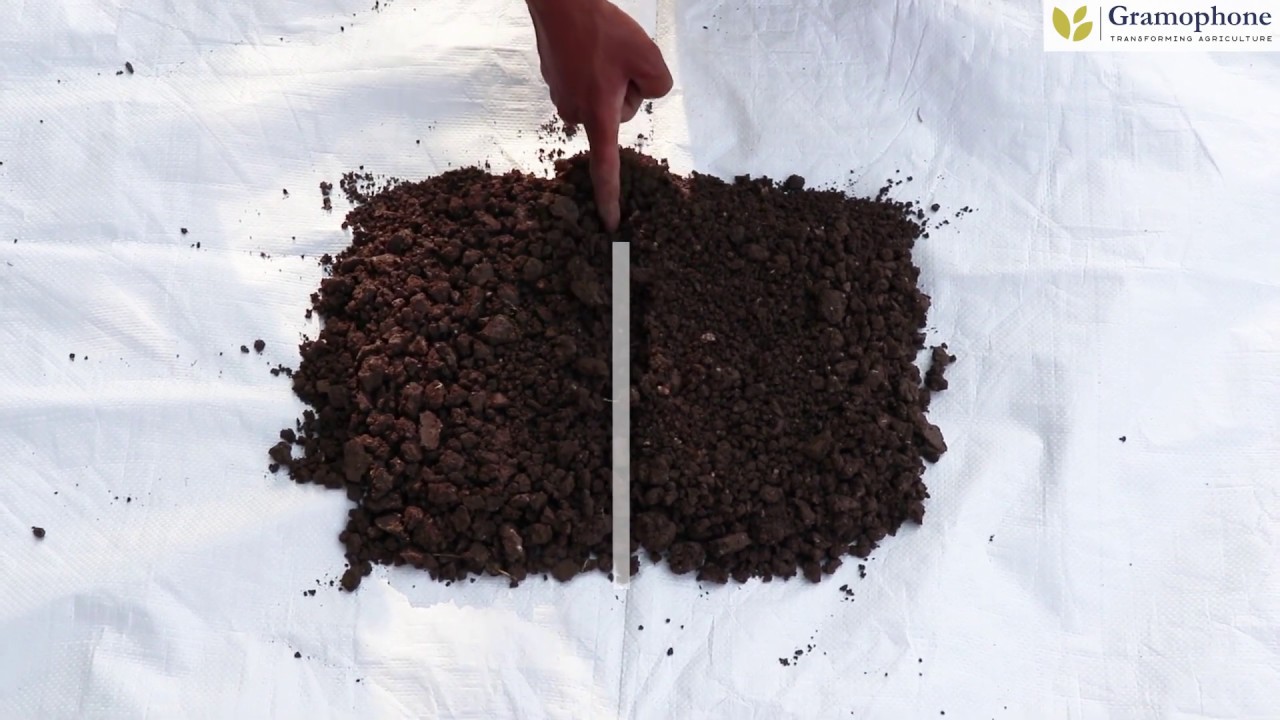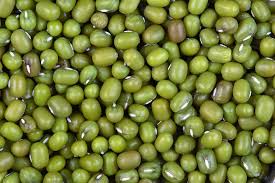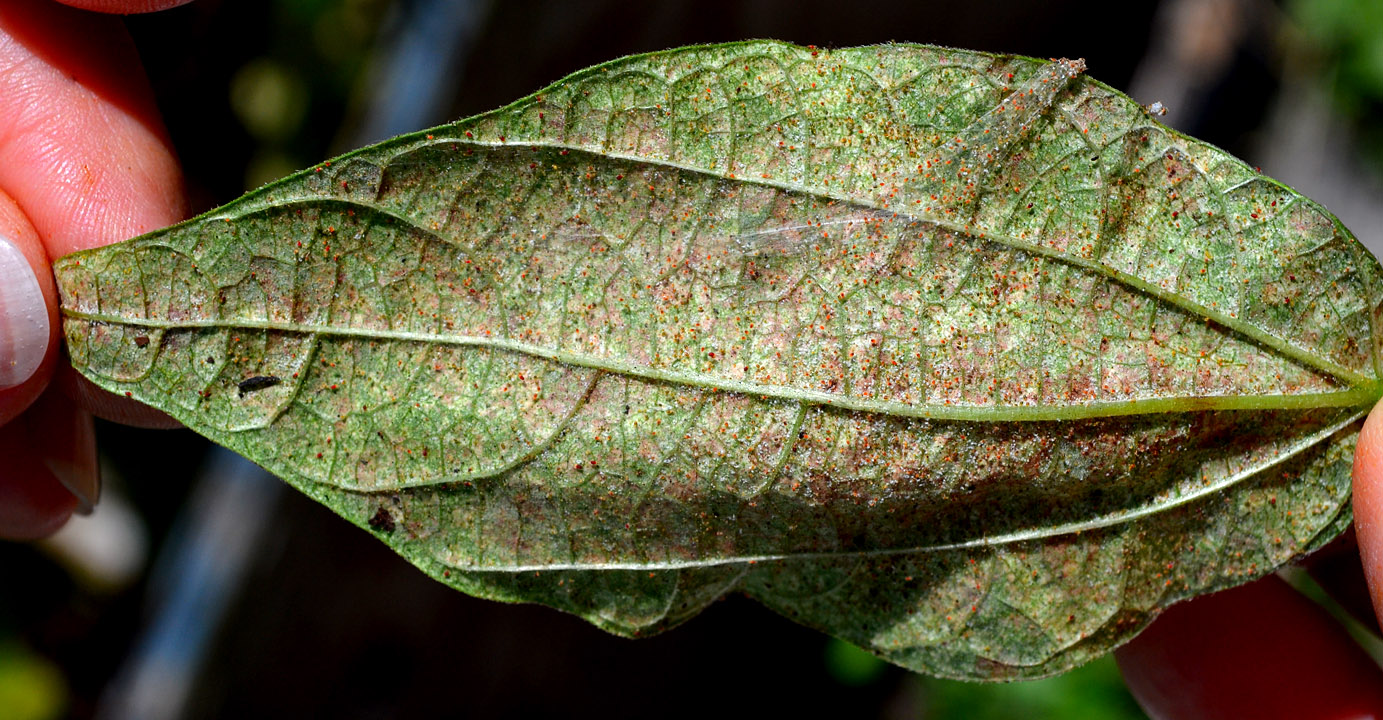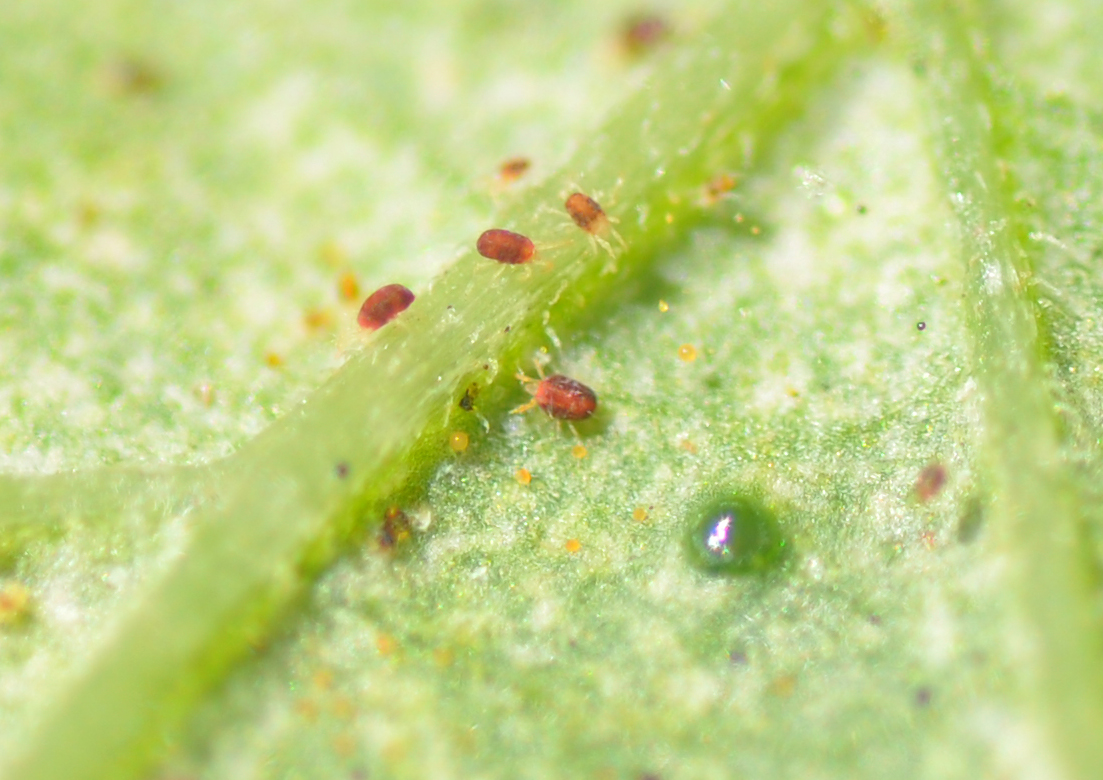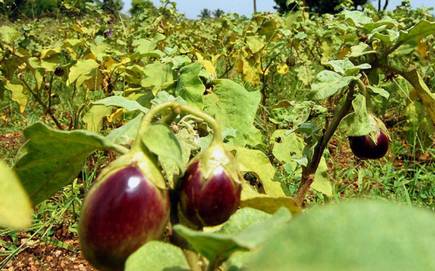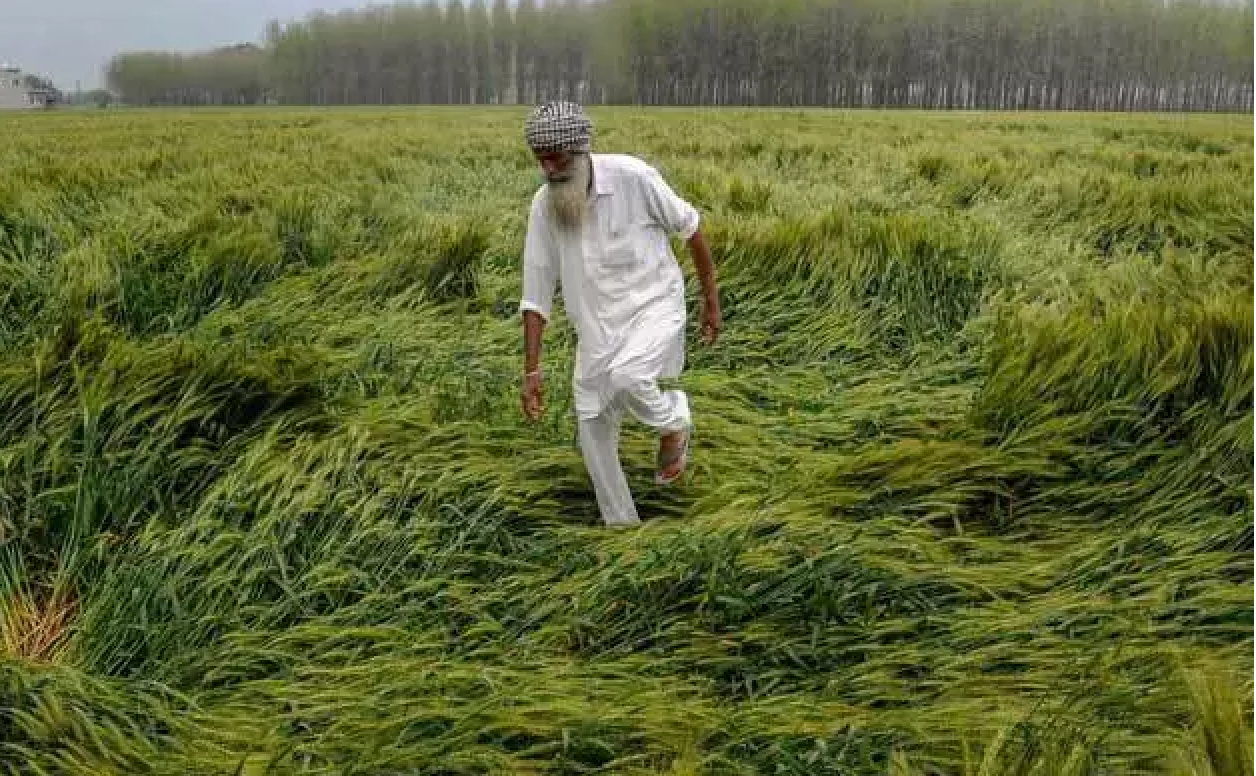The Gramophone’s Moong Samriddhi Kit has the owing versatile product-
- Incryl: This product is a combination of naturally available ingredients like seaweed and amino acids. This product promotes better growth of the crop by increasing root growth and photosynthesis.
- Tricho Shield Combat: This product contains Trichoderma viridi which is capable of preventing most harmful fungi found in soil. Due to which, the root of the crop is protected from diseases such as root rot, wilt, damping off.
- Combimex: This product is a mixture of two different types of microorganisms which helps to increase the availability of essential ingredients potash and phosphorus to the crops.
- Jai Vatika Rhizobium: This bacteria makes legume in the roots of the pulses crop, which nitrogen fixation from the atmosphere and gives crops an available form.
Watch this video to know how farmers are increasing their production using the moong Samriddhi kit-
Share

